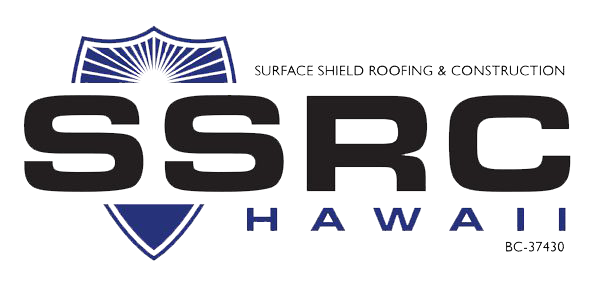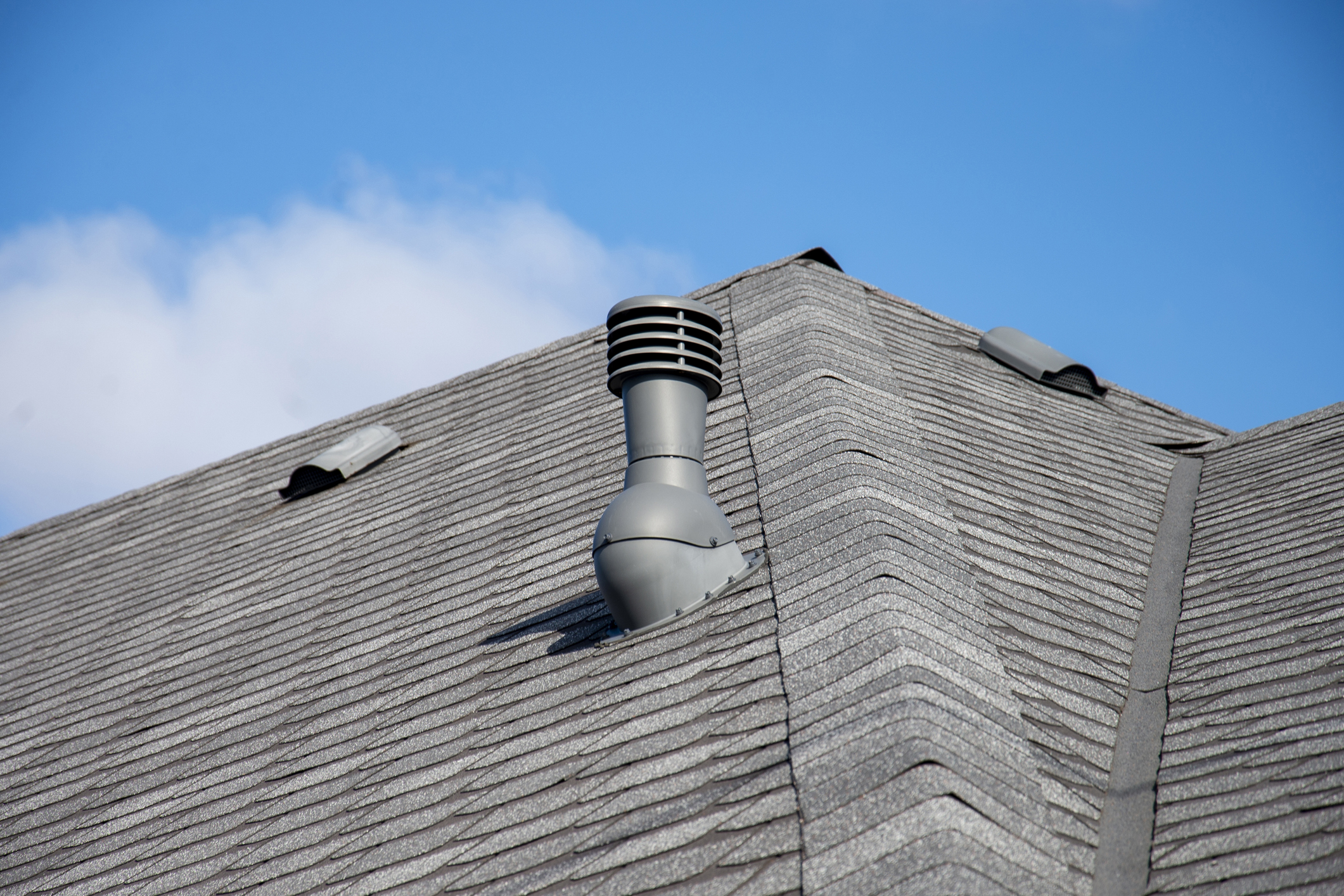Proper roof ventilation is essential for maintaining energy efficiency in Oahu’s tropical climate. Without adequate airflow, heat and moisture can build up in the attic, leading to higher energy costs and potential damage to the roof structure. With proper ventilation, homeowners can improve indoor comfort, extend the lifespan of their roofing materials, and reduce energy consumption.
Reducing Heat Buildup
Oahu’s warm climate means homes are constantly exposed to high temperatures. Without proper ventilation, heat gets trapped in the attic, causing indoor temperatures to rise. This forces air conditioning systems to work harder, increasing energy bills. Adequate roof ventilation allows hot air to escape, reducing the strain on cooling systems and lowering overall energy costs.
Preventing Moisture Damage
Humidity levels in Oahu can be high, leading to excess moisture buildup in poorly ventilated attics. Trapped moisture can cause wood rot, mold growth, and insulation deterioration. A well-ventilated roof allows humid air to escape, preventing condensation and moisture-related damage that can compromise the integrity of the roofing structure.
Improving Indoor Comfort
Proper roof ventilation plays an important role in maintaining a comfortable indoor environment. By allowing air to circulate efficiently, ventilation systems help stabilize indoor temperatures, reducing the need for constant heating or cooling adjustments. This creates a more pleasant living space while keeping energy costs under control.
Extending Roof Lifespan
Excessive heat and moisture can accelerate the deterioration of roofing materials. Shingles may curl, warp, or crack when exposed to prolonged heat, while wooden components can weaken due to moisture damage. Proper attic ventilation helps maintain the integrity of the roof, reducing the likelihood of premature repairs or replacements.
Improving Energy Efficiency
Energy efficiency is a priority for many homeowners looking to reduce utility bills. Roof ventilation reduces the need for excessive air conditioning by promoting natural airflow. Cooler attics mean less energy is required to maintain comfortable indoor temperatures, making ventilation an essential component of an energy-efficient home in Oahu.
Preventing Ice Dams in Cooler Areas
While Oahu’s climate is warm year-round, higher elevations may experience cooler temperatures. In these areas, poor ventilation can contribute to ice dam formation, where melting and refreezing water causes damage to the roof and gutters. Proper ventilation contributes to consistent airflow, preventing ice dams and preserving the roof’s condition.
Lowering HVAC Maintenance Costs
A poorly ventilated attic can cause an HVAC system to overwork, leading to frequent breakdowns and costly repairs. When hot air becomes trapped, the air conditioner must compensate by running longer and harder, shortening its lifespan. Proper ventilation helps reduce HVAC strain, minimizing maintenance costs over time.
Supporting Sustainable Living
Energy-efficient homes play an important role in reducing environmental impact. By optimizing ventilation, homeowners can lower their reliance on air conditioning, decreasing energy consumption. A well-ventilated roof supports sustainability by reducing carbon footprints while offering long-term cost savings.
Compliance with Building Codes
Oahu has specific building codes and regulations regarding roof ventilation. Proper ventilation not only helps maintain energy efficiency but also guarantees compliance with local building requirements. Homeowners can avoid costly fines and structural issues by adhering to these codes when installing or upgrading their ventilation systems.
At Surface Shield Roofing Company, we provide expert roof ventilation solutions to help homeowners in Oahu improve energy efficiency and protect their roofs. Contact us today to schedule a consultation and optimize your home’s ventilation system.

